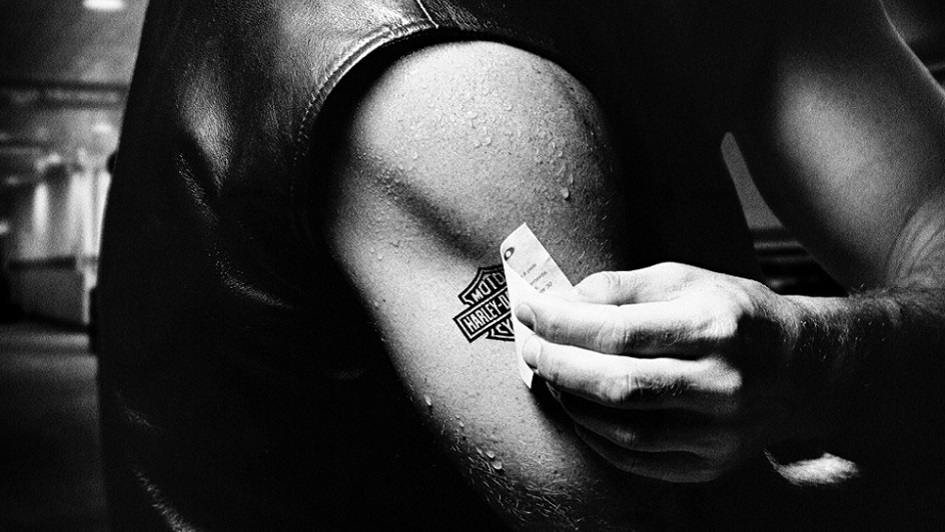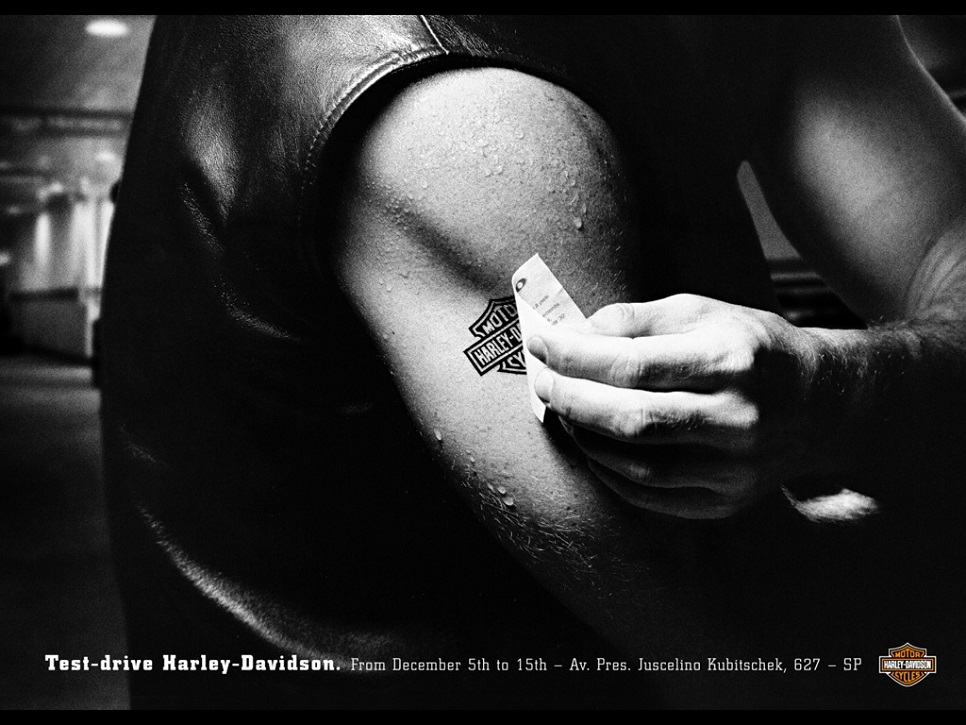
It’s an old debate that never seems to get settled: B2B vs. B2C. Which is more advanced? Which is harder? Which is better? Despite indications that the two sides of the marketing divide may be growing more similar than ever, attitudes toward each are still quite different.
The common B2C vs. B2B clichés
- Customer-centric vs. product-centered
- Marketing-driven vs. sales-driven
- Innovative vs. slow to change
- Tech-savvy vs. tech-averse
- Progressive vs. traditional
- Emotive vs. rational
- Strategic vs. tactical
- Young vs. old
- Fast vs. slow
- Exciting vs. boring
Of course, these perceptions are not always attributed to only one or the other – for instance, there are plenty of B2C companies who think traditionally, are risk adverse, slow to change, just as there are many leading B2B companies who are fast, tech-savvy and innovative.
Yet, for every example of business-to-business marketing excellence — like the often-cited GE, IBM and John Deere — there remain innumerable cases of lesser-known B2B companies that don’t truly leverage some of the best practices often found in B2C, and instead continue to rely on straightforward product-features-price selling.
While there are reports abound on the future of B2B and what it should borrow from its richer, sexier cousin B2C (“More mobile and social!” cries the digital agency; “Improve the customer journey!” advises the CRM provider, and so on), we wanted to move beyond the tactical and technical to get the big picture from from someone who’s operated successfully in both worlds: Ken Schmidt.
As a marketing executive at Harley-Davidson, Ken was part of the team that turned them around from a failing manufacturer of motorcycles into one of the most sought after and iconic brands in the world. Today, as both keynote speaker and consultant, he uses that B2C experience to inspire B2B leaders to break out of the old mindsets and methods that keep their companies from growing. Here are some of the highlights of our conversation.
SEE ALSO: The C-Suite: Jordan Kretchmer, CEO of Livefyre
Harley-Davidson and the road to B2B success
Brandingmag: You’ve talked about how B2B companies often think they’re just in the business of selling products, or making a better widget — but from the way you describe your experience at Harley-Davidson, it sounds like they, even in the B2C environment, even with what is now such a legendary consumer brand, were actually stuck in that same rut at one point, too.
Ken Schmidt: That’s right. Everyone forgets that before Harley-Davidson was a lifestyle it was just a manufacturer of motorcycles. Bending steel and stuff. But by the ‘80s we were having major challenges. So we dumped millions of dollars into improving our product — re-engineering, redesigning and rebuilding it. And you know what? The world didn’t beat a path to our door and we were still losing money. The lesson? Gee, just having a great product doesn’t give competitive leverage, especially in a marketplace where everybody’s products, including the Japanese and Germans, are also great.
So, out of desperation really, we loaded bikes into a semi-trailer to allow people to take a demo ride. Now, nobody did demo rides at that time because everybody was afraid. “Somebody is going to crash, we’ll get sued!” Well, one of the benefits of being broke at that time was that we had nothing to lose, so we just did it. We stepped outside our comfort zone in a big way.
People would take a 15-mile ride, swing off the saddle and want to have a conversation with one of our employees standing there. To keep the line moving, we learned to ask one simple question of everybody: “What do we need to change on this bike to get you to buy it?” Everybody answered the question with real, easy and honest answers: “The handlebars need to be wider.” “I couldn’t reach the foot controls.” “The seat needs to be bigger.”
The decision to do this turned out to be a critically important. Now, we knew what we had to do at a corporate-business level. And we saw it was better for the customer, who suddenly became more than just someone being sold to. They were now involved in something and an important part of the process, and they saw their input was being taken seriously and acted upon.
This led to what you see today. Harley-Davidson is exceptional at bringing people together so that the Harley family of employees and dealers learn from riders by providing them with great experiences and opportunities to get together with their friends and other riders.
The end result is customers tell their friends all about these great experiences — and encourage them to go buy a Harley-Davidson themselves.
BM: It sounds like, for the first time, the organization became truly focused on the customer.
KS: Yes. And the entire arc of the business changed when we did that.
Humanity, meet B2B
BM: Comparing that experience with your current work with B2B companies, what do you see as the biggest idea — the most important B2C best practice — that marketers should bring in to the business-to-business realm?
KS: I always tell people that, at the end of the day, it’s got to be a human being selling to a human being. People talk about B2B “markets” as if they are some unthinking, unknowing, uncaring, invisible, price-driven “things.” It’s an incredibly limiting perspective and, I think, it becomes kind of a shield. People can hide behind it as an excuse for what they’re not doing, why they’re not successful.
But B2B “markets,” like us, are people. So it’s all about people. And the more you humanize your approach, humanize your business and begin seeing the people you’re selling to as human beings, the more you can start thinking along the lines that a B2C company follows. You’ll be creating human connections, and inspiring people to share your story with others.
At that point you can start working on the three important things to determine in B2B marketing:
- What are the people most important to us saying about us?
- What do we want them to say?
- What are we doing to do to get them to say it?
RELATED: The B2B Branding Roundtable: From the Land Where “Brand” Was a Dirty Word
Customers: Meet, greet, repeat
BM: So do you see many B2B companies truly humanizing their approach? Are they developing a real customer intimacy?
KS: A lot of B2B companies will talk about how much they know their customers, and how they’re taking time to nurture and create those relationships. They’ll say things like, “Well, we created customer teams where we go out and sit down with the customer to talk about our delivery process, the order and payment process…” And all of that stuff is great, but it’s all about our product that we’re selling them. It’s “us” not “them.”
But it’s stunning to me how many of them don’t know who that human being is — how old they are, how educated they are, if they sit in a comfortable office or on a hard metal stool in a shop? If we don’t know them as a person, how can we improve their work life or do something to better delight them – let alone serve them? It’s really hard to delight someone if you don’t even know who they are.
What you need are conversations with that customer as a person. What do you do? How many hours a day do you work? Do you feel like you’re overworked? What are some pain points that we can help eliminate?
You need to get to the heart of the person— and you won’t get there with the “How can we get our stuff [product] on a truck and get it to you faster?” type of question.
BM: I can see how you create a better understanding of the customer that way, but how do you really create the human connection that you were talking about?
KS: You’ve got to stand for something that transcends the physical product that you’re selling — and you can’t just do that through marketing or putting your name on a blimp somewhere. You’ve got to get out, you’ve got to put boots on the ground and get in front of people.
John Deere is a great example. They are unreal. I’m just so impressed with how visible their efforts are to make human connections with the people who sell their products and then, ultimately, with the people that use their products. The John Deere guys are in front of everyone that’s involved in selling or using their product all the time. They’re consistently romanticizing the brand, humanizing that business, being incredibly approachable, and ridiculously responsive. That’s the reason why generations of kids wear John Deere clothes to school out in farm country.
Culture: It takes a leader
BM: You say it takes more than marketing — but I’m guessing it takes more than “boots on the ground,” too. This sounds like a major shift in B2B’s mindset.
KS: Good understatement there. This needs to be a part of the corporate process, top down and bottom up. If we say we’re customer-focused, but there’s no internal change in our culture, the market will see right through that. This has to be embedded in the culture of the business, and that’s not a sales and marketing thing, that’s a leadership thing. At Harley-Davidson our leadership would routinely visit our dealerships and customer events, ears open and notepads in hand, and bring those notes back to share with each other.
SEE ALSO: How B2B CMOs Can Make the Business Case for Branding
Courage: Find it or go home
BM: Is there anything else that you see in B2C that B2B marketers could profit from?
KS: I’d say, “Get over your self-imposed boundaries.” B2B tends to keep itself in easily-defined boxes. “We make light bulbs.” Or “we sell glass silica, that’s all we do.” Or “we’re a commodity.” Or “the only thing that matters is price.” Honest to God, if you’re competing on price, then you don’t know your customer, period. It’s the assumption that the customer values nothing from us other than the product that we sell.
You need to get over these self-imposed boundaries and think bigger, to try something new, to be the first to get there and grab a bigger chunk of the market. Call it risk-taking, call it courage. B2B needs to find it to get past those self-imposed limits.
Four actions you can take now
This column always seeks to not only provide thought-provoking insights, but to also equip you with actionable ideas for improving you own B2B marketing efforts.
Based on Ken’s comments, and filtered through almost two decades of my own B2B experience, here are four suggestions to consider putting into action right away:
- Get in front of at least 20% of your customers in the next quarter: Set a timetable and a goal, and get boots on the ground. Go talk to customers — in person. At trade shows, conferences or ideally one-on-one where they work. Learn about them as human beings – not just buyers of your product. And don’t forget to listen. Really listen.
- Include a customer in something: A new product or a marketing campaign idea. Invite a customer (or twelve) into the discussion and process. They’ll greatly appreciate it. You’ll greatly benefit from their feedback and, in the process, learn more about them as a person.
- Identify three self-imposed limitations: Reflect and think about what might be limits you or your organization have placed on how the business thinks about itself. Ask several colleagues what they think. You might even ask a trusted customer or supplier. What others say, outside your organization, might surprise you.
- Get together and discuss what you’ve learned: Share what you learned about your customers and what you identified as “self-imposed limitations” with your functional peers and your leadership team (ideally you included them in these activities in the first place). The key is taking time to discuss them and brainstorm what you can do about it, and how you can act upon it.
Ultimately, the winner of the B2B vs. B2C debate isn’t the marketer who “proves” one side better than the other — it’s the savvy brand-and-business person who makes full use of the best of both worlds.
Image sources: Ella Durst, Pinterest.com


